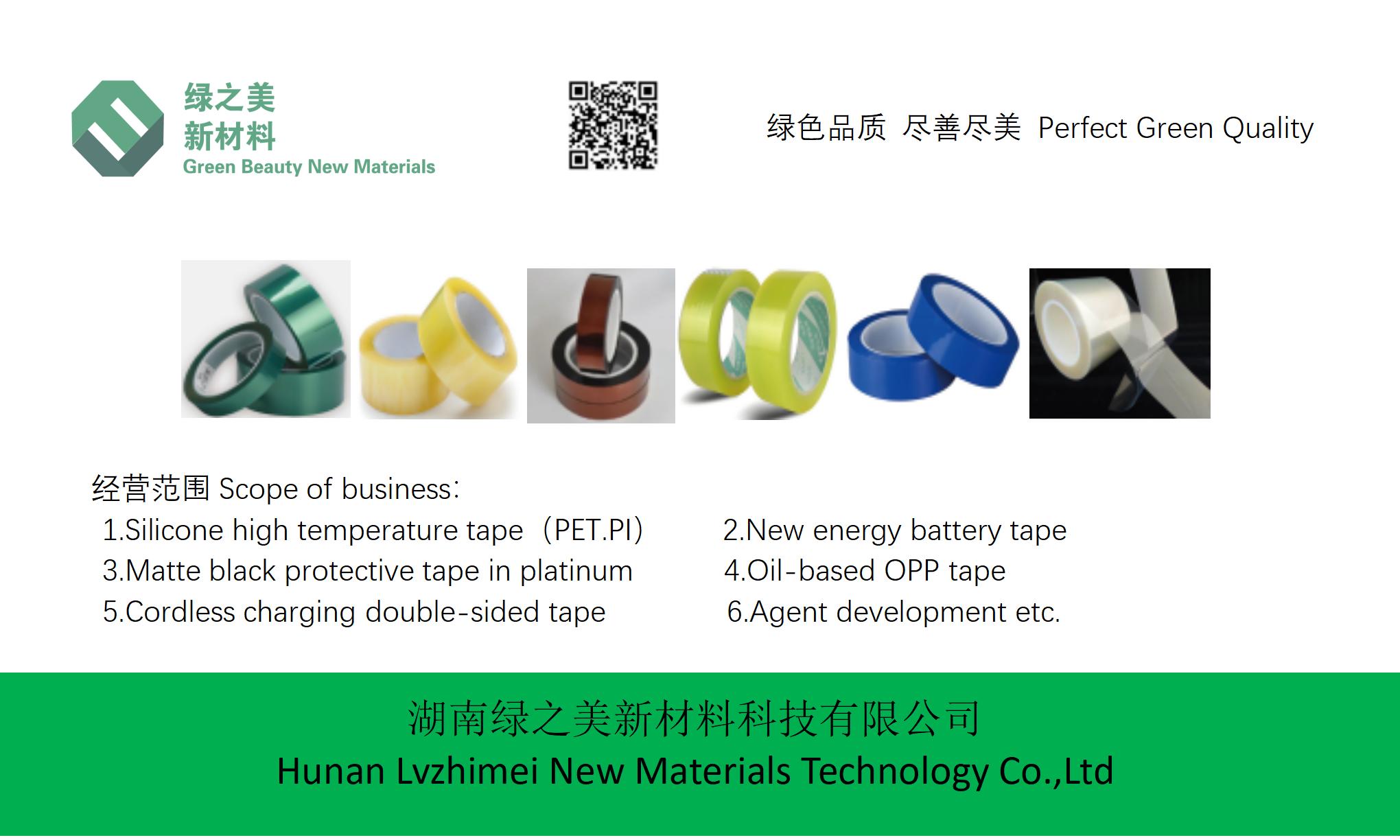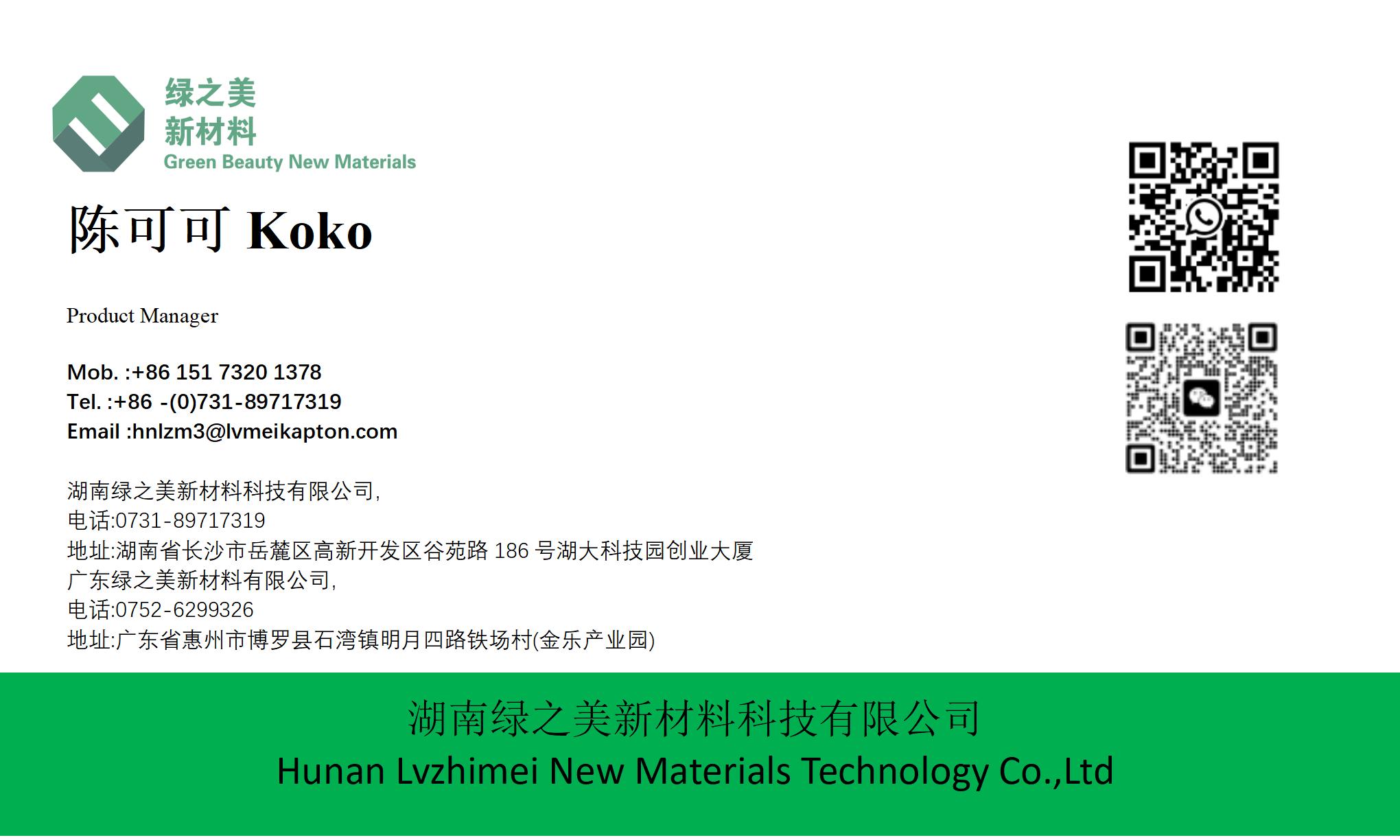



What Are the Limitations of Self-Adhesive Back Blocking Spray Paint Tape in Industrial Applications? |https://www.lvmeikapton.com/
1. Temperature Resistance: Beyond the Specified Range
Adhesive degradation: The acrylic or rubber-based adhesive may soften, causing tape slippage or detachment.
Backing deformation: Materials like PE (polyethylene) or creped paper can warp, compromising the seal integrity.
Residue formation: High temperatures may cause adhesive migration, leaving stubborn残留胶 even on smooth surfaces.
| Product | Rated Temp. | Industrial Use Limitations |
|---|---|---|
| tesa 51136 | 100°C | Unsuitable for powder coating curing (150-200°C) or metal welding |
| 3M Scotch 233+ | 120°C (short) | Risk of adhesive residue in high-temp automotive baking |
| tesa 53128 (yellow) | 80°C (long) | Inadequate for electronics soldering (260°C) |
2. Surface Compatibility: Challenges with Complex Geometries and Materials
2.1. Poor Adhesion on Low-Surface-Energy Materials
2.2. Limited Flexibility for Irregular Surfaces
2.3. Incompatibility with Coatings and Solvents
3. Residue and Surface Contamination: Post-Removal Challenges
Overstaying: Prolonged exposure (e.g., weeks instead of days) can cause adhesive curing and bonding enhancement, requiring aggressive removal methods.
High Humidity: Moisture absorption by paper backings or adhesive layers can weaken the bond, leading to residue or tape tearing.
High-Surface-Energy Materials: Surfaces like polished aluminum or glass can trap adhesive residues, necessitating costly post-processing cleaning.
Tesa 51136’s PE backing is prone to residual adhesive transfer on plastic bumper parts, often requiring additional wipe-down with isopropyl alcohol, delaying production timelines.
4. Environmental and Regulatory Compliance: VOCs and Waste Management
VOC Emissions: Many acrylic and solvent-based adhesives release volatile organic compounds (VOCs) during curing or application, violating air quality standards.
Waste Disposal: Tape remnants, especially those containing plastic backings, contribute to non-biodegradable waste. Recycling options are limited, and incineration may release toxins.
Flammability: Some tape materials are combustible, posing fire hazards in industrial settings with open flames or sparks.
5. Durability and Reusability: Limited Long-Term Performance
Damage the backing material, reducing its tear resistance.
Weaken the adhesive’s cohesion, causing slippage or incomplete seals.
Accumulate dust or contaminants, impairing subsequent adhesion.
| Product | Backing Material | Reusability |
|---|---|---|
| tesa 51136 (PE) | PE Film | Poor (≤1 reuse) |
| 3M 233+ | Creped Paper | Fair (≤2 reuses with surface prep) |
| tesa 53128 | Micro-Creped Paper | Fair (≤3 reuses) |
6. Cost and Efficiency: Balancing Performance with Budget
For a medium-sized automotive body shop喷漆 100 vehicles/month using tesa 51136 (1450mm x 66m roll, 500/roll),tapecostsalonewouldexceed 5,000/month, not including labor for tape application and residue removal.
7. Specialized Application Limitations
Electronics Manufacturing: Thin tapes may not withstand wave soldering temperatures (260°C), while thicker options can interfere with component placement.
Food Processing: Adhesives must meet FDA/EFSA food contact regulations, limiting available tape options.
Outdoor Use: UV exposure can degrade tapes, causing brittleness and adhesive failure within months.
Conclusion: Mitigating Limitations through Smart Selection and Process Optimization
Temperature Matching: Select tapes with temperature ratings 20-30°C above process requirements.
Surface Preparation: Use primers or corona treatment for low-energy surfaces.
Residue Management: Implement controlled peel-off techniques (e.g., low-angle, warm removal).
Eco-friendly Alternatives: Explore water-based adhesive tapes or reusable silicone masking systems.
Process Integration: Evaluate robotic tape application for complex geometries.






